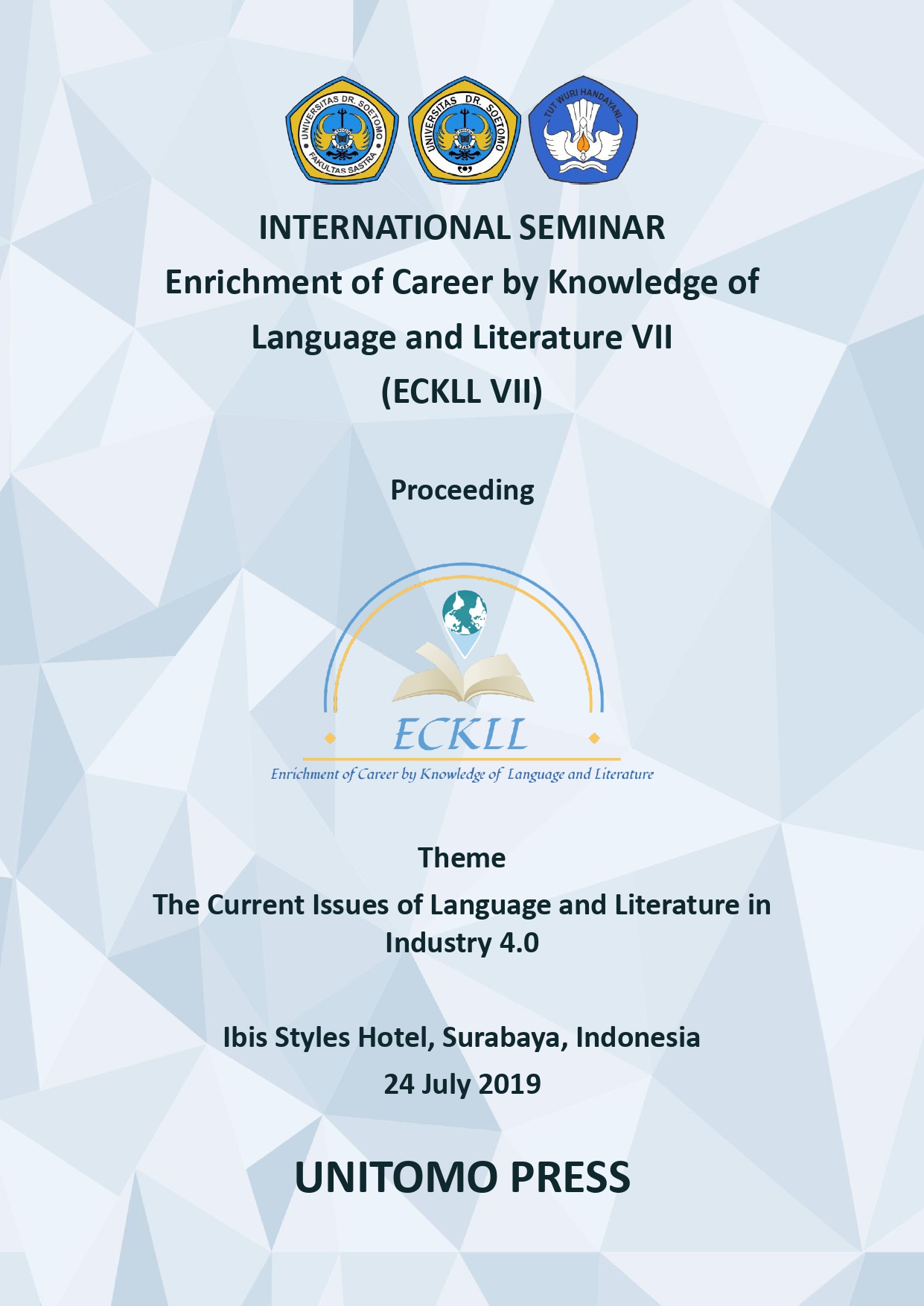PENTINGNYA PEMAHAMAN LINTAS BUDAYA DALAM PENDIDIKAN BAHASA JEPANG
 Abstract views: 458
,
Abstract views: 458
,
 PDF downloads: 0
PDF downloads: 0
 PDF downloads: 1024
PDF downloads: 1024
Abstract
The representation of a language arises from the use of the language by its speakers in various purposes. The most obvious instance of the use of a language is in daily communication. The value of a language lies in the meaning, symbolized by the language’s forms, features, and structures. Language can also be regarded as a vehicle for cultural activities. With respect to this idea, English, for example, is considered a symbol of modernism and technology, while Arabic is the representation of Islam (Alwasilah, 2003). Language vitality is determined by its ability to function as a symbol of culture. Since language is considered as a vehicle for cultural activity, then, it will be dealing with the culture of communication. It implies that in a language speaking activity, there are certain specific
institutions which involved in the process. When someone learns Japanese, in other hand, he is required to understand Japanese culture so that there is no misunderstanding when the communication occurs. In this context, it is usually called as “Cross Cultural Understanding”. In the process of learning Japanese language, learners are very seldom of being exposed to the importance of Cross-Cultural Education. There are 2 main problems in “Cross Cultural Education” which are going to be explored in the present paper. Firstly, there is an ambiguity in the definition of “Cross Culture” or “Cross Cultural Understanding”. That is why the object of this paper is to redefine “Cross-Cultural Understanding in Education”. Secondly, the paper also offers strategies on how to put “Language Education” and “Cross-Cultural Understanding in Education” in the process of basic language learning in the scope of Japanese as a foreign language. The paper tries to answer these two main problems by describing the process of basic Japanese language education as a foreign language with respect to “Cross-Cultural Understanding” and/or “Cross-Cultural Understanding in Education”.







